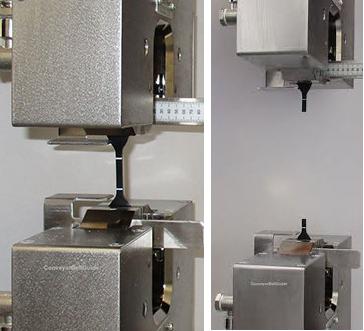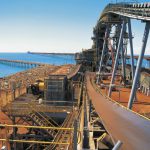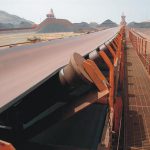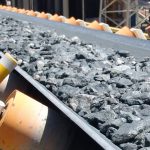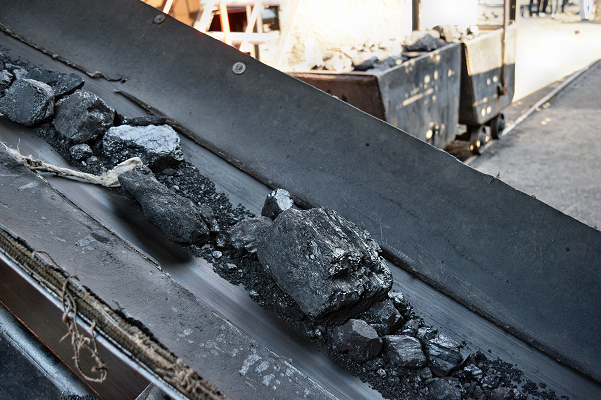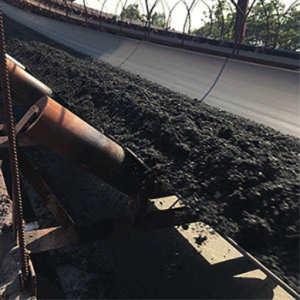What is the reasonable speed of the ep conveyor belt?
Belt conveyors are used in all walks of life due to their advantages of stable operation and continuous capacity. The ep conveyor belt is an important component of the belt conveyor, and it is the carrier and traction part of the material. The section of the ep conveyor belt that receives the material is called the load section, and the return section is called the empty section. Commonly used core materials are cotton canvas, nylon canvas, and steel wire rope.
The belt width and belt speed of the ep conveyor belt have an important influence on the conveying capacity of the belt conveyor. This article shares how to choose the appropriate belt width and speed.
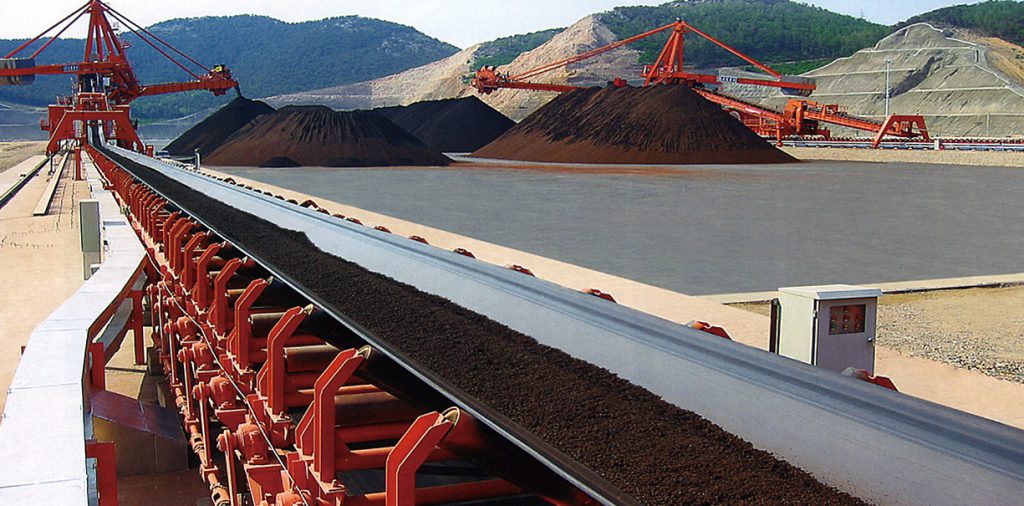
1. Belt width
In general, for a given belt speed, the capacity of a belt conveyor increases with belt width, but the width of narrower belts may depend on the particle size of the material being conveyed. ep conveyor belts must be wide enough so that large chunks of the lump and powder mixture being conveyed do not fit against the edge of the belt, and the internal dimensions of the feed chute and the distance between the feed chutes must be Enough to make mixtures of various particle sizes pass through without clogging.
2. Belt speed
The appropriate belt speed depends to a large extent on the nature of the material being conveyed, the required conveying capacity and the belt tension used. Powdery materials should be conveyed at the lowest possible speed to reduce dust, especially at the feeding and discharging points. Brittle materials should also limit the speed of the ep conveyor belt. Because the ep conveyor belt and the fragile material being conveyed dance on the idler rollers, a low belt speed is required so that there will be no fragmentation of the brittle material at the feeding and discharging points. Heavy and sharp-edged materials should be conveyed at a moderate speed, because the sharp edges and corners of the material may excessively wear the cover rubber layer of the ep conveyor belt, especially when the material runs along the ep conveyor belt. Rest assured that the loading speed is significantly lower than the ep conveyor belt speed Even more so.
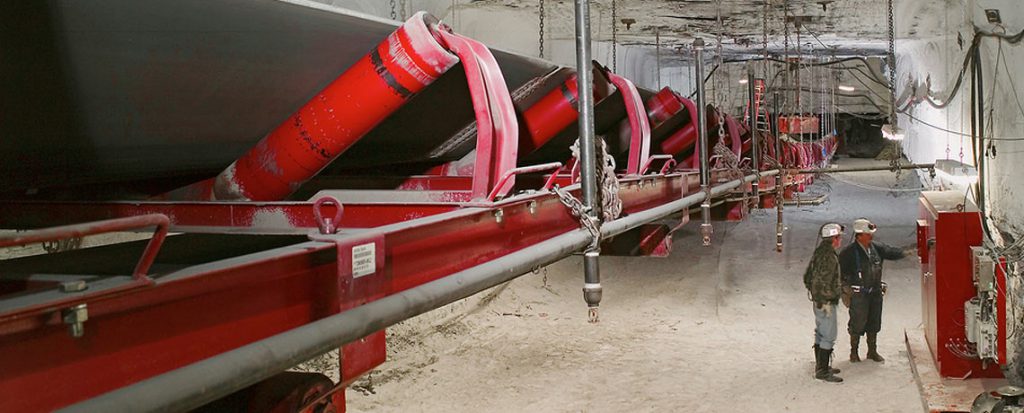
For the choice of belt speed, the following factors should be considered:
Belt width: The smaller the width of the EP conveyor belt, the less stable it will be during high-speed operation, and it may even cause serious material spillage.
Fixed conveyor: The installation quality is generally higher, and a higher belt speed is desirable, while the speed of semi-fixed and mobile conveyors is lower. The speed can be higher when conveying horizontally or near horizontally. The larger the inclination angle is, the easier it is for the material to roll or slide, so a lower speed should be adopted.
Belt conveyor installed at an angle: Relatively speaking, the belt conveyor that is transported downward should have a lower speed, because when it is transported downward, the material is more likely to roll and slide on the ep conveyor belt. The greater the ton-kilometer value of the conveying capacity, the greater the strength of the required ep conveyor belt, and a higher speed is desirable to reduce the strength of the ep conveyor belt.
Bending of the ep conveyor belt on the rollers: The impact of loading and the impact of the material causes wear on the ep conveyor belt, so it is best to slow down the conveyor for short distances. However, in order to reduce the tension of the ep conveyor belt, long-distance conveyors often use high-speed operation.
The ability of the belt conveyor to complete the conveying volume required by the system is mainly determined by the belt width and belt speed. The belt speed has a great influence on the belt width, self-weight, cost and working quality of the belt conveyor. Under the same transmission capacity conditions, you can choose two schemes of larger belt width and low belt speed or smaller belt width and high belt speed.
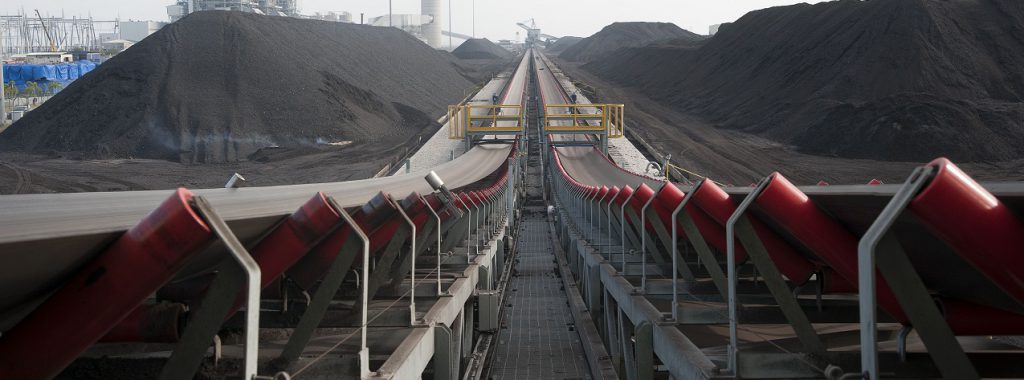
The following factors should be considered when selecting the belt speed:
1. The characteristics and process requirements of conveying materials
(1) For materials with small abrasiveness and small particles, such as coal, grain, sand, etc., a higher speed (generally 2 to 4 m/s) is appropriate.
(2) Low speed (within 1.25 ~ 2m/s) should be used for materials with large abrasiveness, large pieces, and fear of breaking, such as large coal, large ore, coke, etc.
(3) For powdery materials or materials with a large amount of dust that are prone to dust, in order to avoid dust flying, it is advisable to take a low speed (≤1.0m/s).
(4) Low speed (≤1.25m/s) should be used for single-piece goods, easy-to-roll materials or places with high environmental sanitation requirements.
2. The cloth and unloading method of the belt conveyor
(1) Longer distance and horizontal belt conveyor can choose higher belt speed.
(2) For belt conveyors with large inclination angles or short conveying distances, the belt speed should be appropriately reduced.
(3) When using the unloading trolley to unload, because the actual inclination angle of the ep conveyor belt entering the unloading trolley is relatively large, the belt speed should not be too high, generally not exceeding 3.15m/s.
(4) When using a plow-shaped unloader to unload, the belt speed should not exceed 2.8m/s due to additional resistance and wear.
(5) The belt speed of the downward belt conveyor with a large inclination angle should not exceed 3.15 m/s.
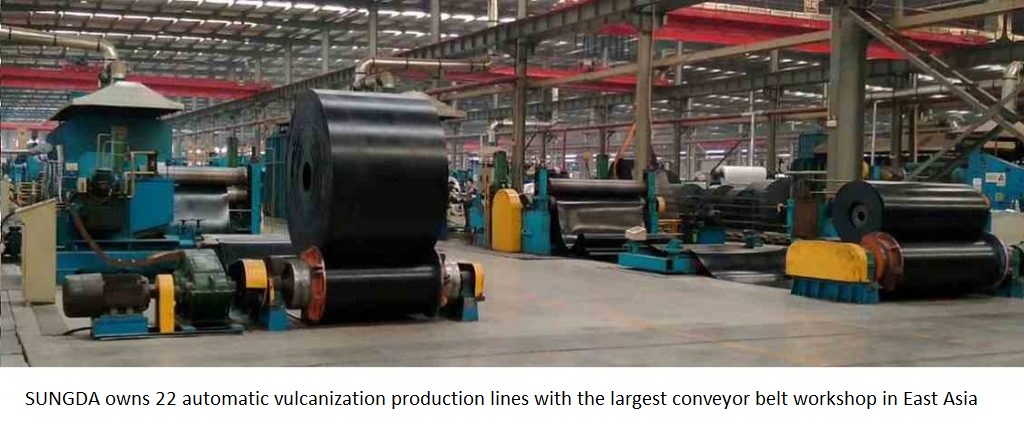
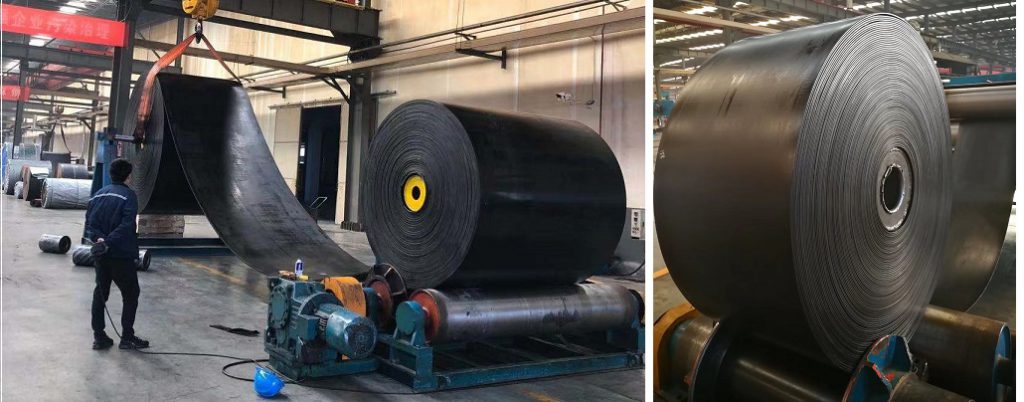

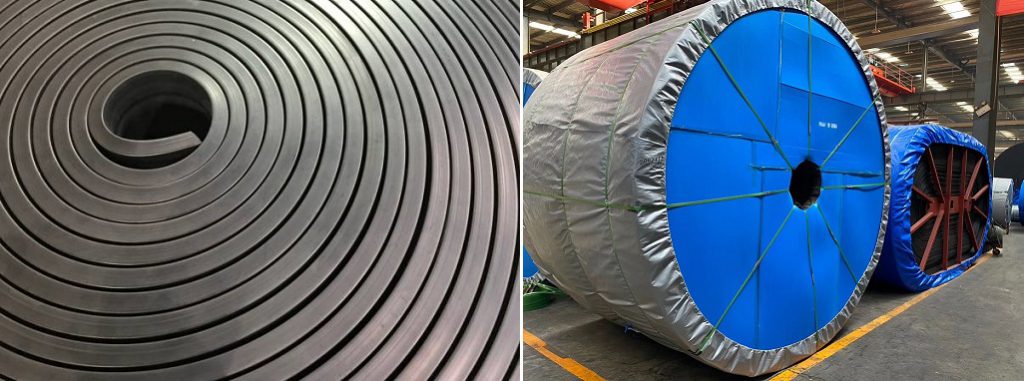
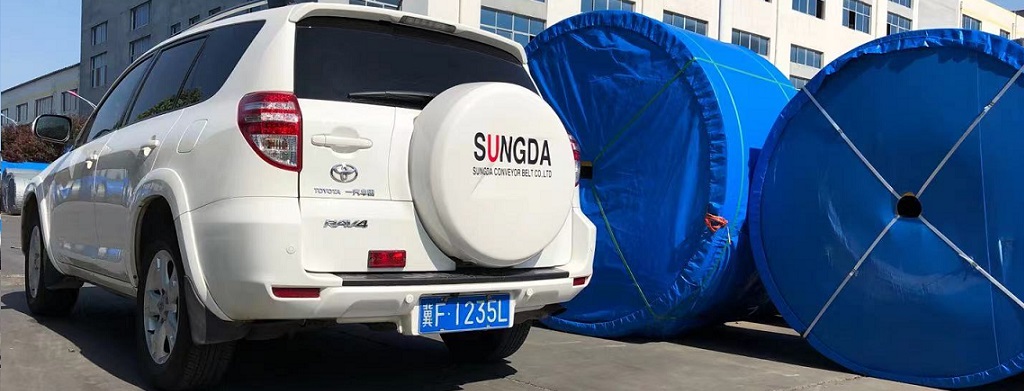
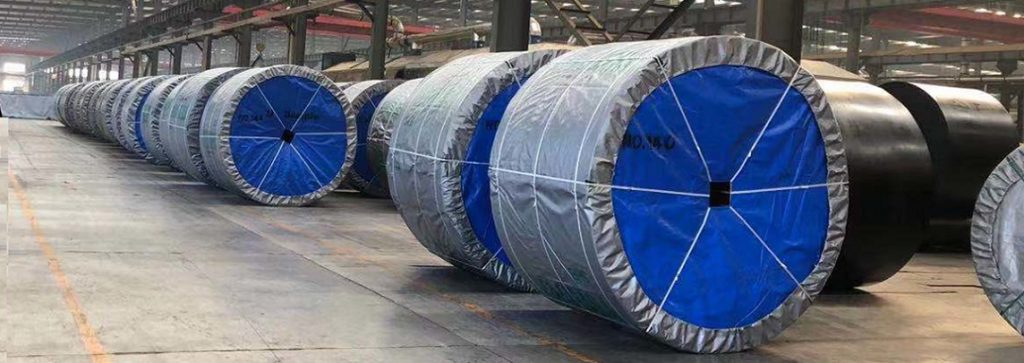
Tags: conveyor belt speed,EP conveyor belt

